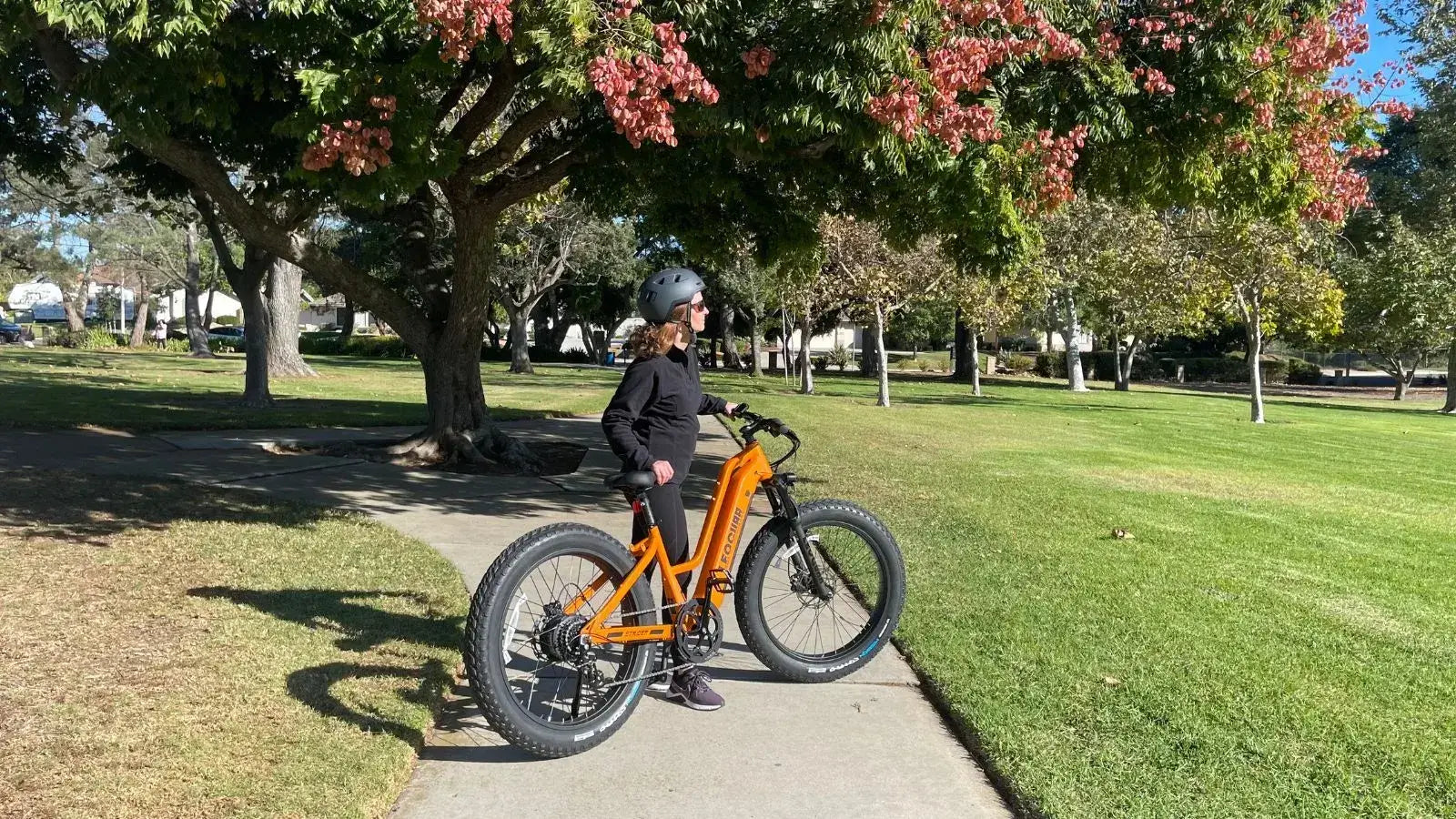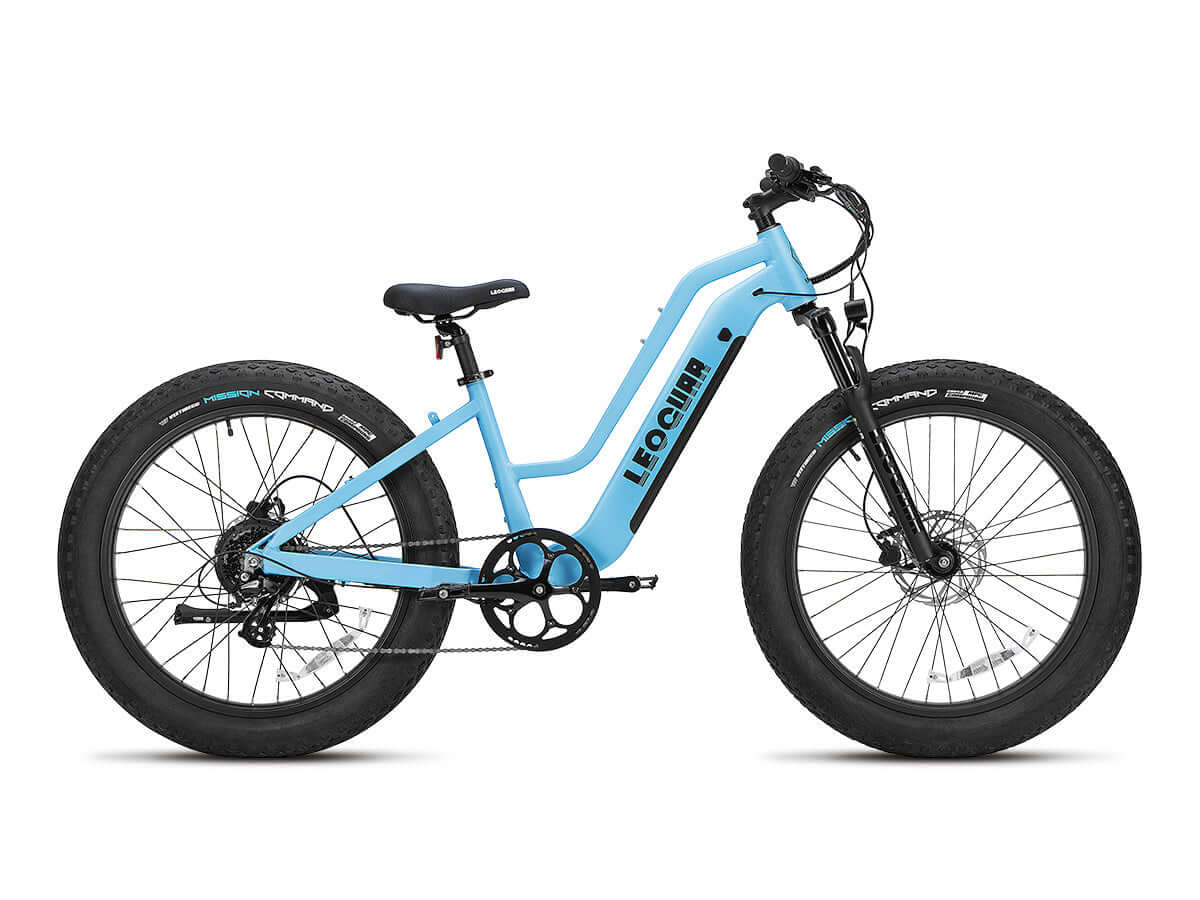
Electric Bike Battery 48V: What It Powers, Costs, and Who Needs It Most
Why the 48V Electric Bike Battery Dominates the Market
The electric bike battery 48v system rules the e-bike world. Think of it as the go-to engine choice in cars—powerful enough for almost any situation, yet efficient and not too expensive. A 48V battery gives more "electrical pressure" than older 36V systems. This means better performance in the real world.
This voltage standard finds the right balance between power, efficiency, and range. It gives you the punch needed for quick starts from a stoplight and the strength to climb hills without struggling. At the same time, it works efficiently so you get good distance from every charge. This makes it the top choice for many e-bikes, from daily city riders to rugged trail machines.

48V eBike Battery Specs Explained: Voltage, Amp-Hours, and Range
To understand why a 48V battery works for so many people, we need to look beyond just one number. Volts, Amp-hours, and Watt-hours are the three key specs that decide how your e-bike feels and how far it can go.
Your Power Trio
Understanding these three terms helps you compare any e-bike battery, not just an electric bike battery 48v model.
- Voltage (V): This is the "horsepower" or pressure of the electrical system. Higher voltage lets the motor spin faster and give more power. It gives you that great surge of speed and the ability to climb steep hills. More volts mean more potential power.
- Amp-Hours (Ah): This is the "gas tank" of your battery. It measures how much current the battery can deliver over time. A higher Ah rating means the battery can supply power for longer, which directly means more range on a single charge.
- Watt-Hours (Wh): This is the most important number for comparing a battery's total energy. You get it by multiplying Volts by Amp-hours (V x Ah = Wh). This number shows the total energy capacity (Watt-hours) stored in the pack. A typical 48V e-bike battery ranges from 10Ah (480Wh) for lightweight commuters to over 20Ah (960Wh+) for long-range touring and cargo bikes.
Head-to-Head Comparison
A 48V system sits between basic 36V systems and high-performance 52V systems. Here's how they compare.
| Feature | 36V System | 48V System (The All-Rounder) | 52V System |
|---|---|---|---|
| Primary Use | Entry-level, casual city riding, flat terrain | Commuting, hill climbing, all-purpose use | High-performance, speed, heavy loads |
| Power & Torque | Moderate | Excellent | Maximum |
| Efficiency | Good for low-speed cruising | Optimal balance for varied use | Best at higher speeds, can be less efficient at low speed |
| Weight & Cost | Lightest & Most Affordable | Mid-range | Heaviest & Most Expensive |
Is a 48V Battery Right for You? Power Needs by Rider Type
While specs help, the best battery matches your specific needs. Let's look at who benefits most from a 48V system by connecting the technology to real-world use.
The Daily Urban Commuter
This rider travels city streets, moves through traffic, and faces moderate hills or bridges on their daily route. For them, reliability, quick acceleration, and enough range are must-haves.
A 48V system fits perfectly. It gives the power needed to get up to speed quickly at intersections, making rides safer and smoother. It handles city hills with ease, so you arrive without feeling like the motor was struggling. A common setup like a 48V 15Ah (720Wh) battery offers a great balance of power and range for many riders' weekly commutes.
The Weekend Trail Explorer
This rider leaves pavement for dirt paths, gravel roads, and rolling hills. They need more torque and steady power delivery to keep momentum on uneven and challenging terrain.
Here, an electric bike battery 48v system is essential, not just nice to have. The higher voltage delivers the strong, steady power needed to conquer steep climbs that would make a 36V system feel slow and weak. The better torque helps you power out of loose corners and keep speed on soft surfaces, making the entire off-road experience more capable and fun.
The Power User & Cargo Hauler
This person uses their e-bike as a work vehicle. They might make deliveries, haul a week's worth of groceries, or pull a child trailer. Their bike carries heavy loads regularly, especially from a complete stop.
For this rider, a 48V system is the minimum needed. The strong torque from a 48V motor is crucial for getting a heavy load moving from a dead stop without too much strain. It gives the sustained power needed to keep a reasonable speed, even when carrying significant weight. While some in this group might consider a 52V system for maximum power, the 48V platform is highly capable and widely available starting point that handles most heavy-duty tasks with confidence.
How Much Does a 48V eBike Battery Cost? Budgeting for Performance
Understanding the price of an electric bike battery 48v model goes beyond the initial sticker price. It's an investment in your bike's performance, safety, and longevity. Looking at the true cost of ownership helps you make a much smarter decision.
Initial Purchase Price
A quality replacement 48V e-bike battery from a trusted brand typically costs between $400 and $700. The price difference depends mainly on two factors: capacity (Ah) and the brand of the internal lithium-ion cells. Batteries using premium cells from manufacturers like Samsung, LG, or Panasonic often cost more but deliver better performance and longer life. While cheaper, unbranded options exist, they often come with big trade-offs in reliability and safety.
Lifespan and Replacement
An e-bike battery wears out over time. With every charge and discharge, its ability to hold energy slowly gets worse. A well-maintained, high-quality battery lasts an average of 3 to 5 years, or between 800 and 1,000 full charge cycles, before its capacity drops significantly.
Thinking of this as an operating cost can help. A $500 battery that lasts four years costs you $125 per year, or just over $10 per month, for reliable power. Investing in a quality battery upfront often means you replace it less often, saving money in the long run.
The Value of Certified Safety
This is the most critical factor. Lithium-ion battery fires, though rare, are incredibly dangerous. To reduce this risk, always buy batteries that are tested to recognized safety standards. The most important certifications to look for are UL 2271 (the standard for the battery pack itself) and UL 2849 (the standard for the entire e-bike electrical system, including the battery, charger, and controller). As the U.S. Consumer Product Safety Commission advises, consumers should only use micromobility devices that are certified to applicable UL safety standards. Paying more for a certified battery is not a luxury; it's a critical investment in the safety of your home and family.

How to Get the Most Out of a 48V Battery: Tips for Longevity
Once you've invested in a quality 48V battery, proper care is essential to maximize its lifespan and ensure safe operation. Following a few simple rules can add years to your battery's life.
- Avoid Extreme Temperatures: Never charge or store your battery in extreme heat (above 110°F / 43°C) or freezing cold (below 32°F / 0°C). If you ride in the cold, bring the battery inside to warm up to room temperature before plugging it in.
- Follow the 80/20 Rule: Lithium-ion batteries work best when they are not kept at the extremes of their charge. For daily use, try to avoid draining the battery below 20% and consider unplugging it once it reaches 80-90%. This reduces stress on the cells and can significantly increase the number of effective charge cycles.
- Use the Correct Charger: Always use the charger that came with your battery or a certified replacement from the original manufacturer. Under-powered, over-powered, or low-quality third-party chargers can damage the battery's Battery Management System (BMS) and pose a serious safety risk.
- Proper Long-Term Storage: If you plan to store your ebike for more than a few weeks, do not leave the battery fully charged or fully empty. The ideal storage charge is between 40% and 60%. Store it in a cool, dry place away from direct sunlight. Check the charge level every month or two and top it up to the storage level if needed.
- Handle with Care: E-bike batteries are strong but not indestructible. Avoid dropping the battery or hitting it hard, which could damage the internal cells or connections. Check the battery casing regularly for any signs of cracking, swelling, or damage. If you see any, stop using it immediately and have it professionally inspected.
Frequently Asked Questions
1. Q: How long does a 48V e-bike battery last on a single charge?
A: The range depends on battery capacity, your weight, terrain, and how much you pedal. A typical 48V 15Ah battery can provide 30-60 miles of range under normal conditions.
2. Q: Can I upgrade from a 36V to a 48V battery on my existing e-bike?
A: Not usually. The motor, controller, and display are designed for specific voltages. Upgrading requires changing multiple components and may void your warranty.
3. Q: How long does it take to charge a 48V e-bike battery?
A: Most 48V batteries take 4-6 hours to fully charge with the standard charger. Fast chargers can reduce this time, but they may shorten battery life.
4. Q: Is it safe to leave my 48V battery on the charger overnight?
A: Quality batteries with proper Battery Management Systems can safely stop charging when full. However, it's best practice to unplug once charging is complete to maximize battery life.
5. Q: What should I do if my 48V battery won't hold a charge?
A: First, check the charger and connections. If the battery is old or has been stored improperly, it may need replacement. Contact a professional for diagnosis if the battery shows signs of damage or swelling.









































Leave a comment